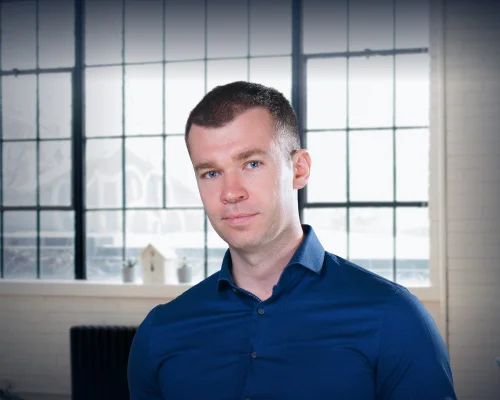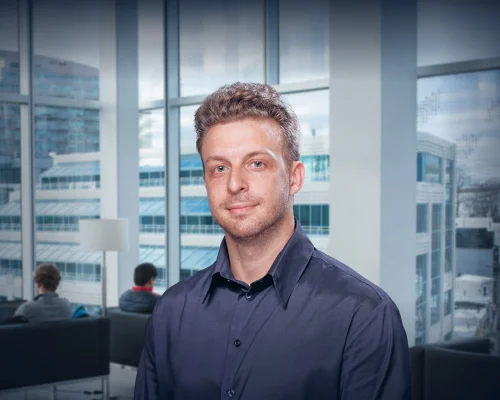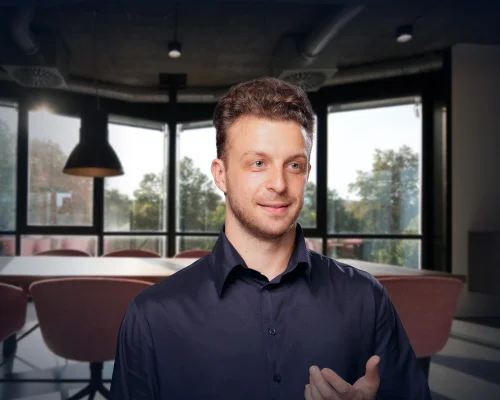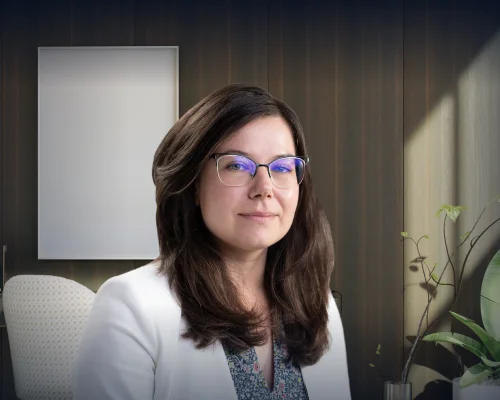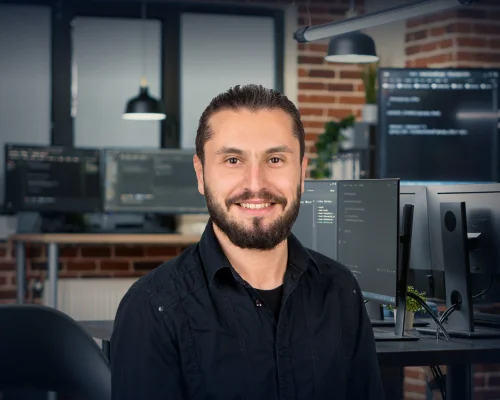Introduction to R Programming
Master R programming for data science: manipulate, analyze, and visualize data with the best programming language for statistical analysis
$99.00
Lifetime access
What you get:
- 6 hours of content
- 17 Interactive exercises
- 104 Downloadable resources
- World-class instructor
- Closed captions
- Q&A support
- Future course updates
- Course exam
- Certificate of achievement
Introduction to R Programming
$99.00
Lifetime access
What you get:
- 6 hours of content
- 17 Interactive exercises
- 104 Downloadable resources
- World-class instructor
- Closed captions
- Q&A support
- Future course updates
- Course exam
- Certificate of achievement
$99.00
Lifetime access
$99.00
Lifetime access
What you get:
- 6 hours of content
- 17 Interactive exercises
- 104 Downloadable resources
- World-class instructor
- Closed captions
- Q&A support
- Future course updates
- Course exam
- Certificate of achievement
What You Learn
- Get a comprehensive introduction to the world of R programming
- Master writing well-structured and professional R code in RStudio
- Acquire data manipulation proficiency in R: Create, import, and manipulate data frames vectors, and matrices
- Learn how to use R for statistical analysis and data visualization
- Engage in practical hands-on statistical tasks: Solve hypotheses testing and linear regression challenges in R
- Boost your resume with key R programming skills demanded by data science employers
Top Choice of Leading Companies Worldwide
Industry leaders and professionals globally rely on this top-rated course to enhance their skills.
Course Description
R is one of the best programming languages specifically designed for statistics and graphics. Programming in R is a fast and effective way to perform advanced data analyses and manipulations. In this course, you will learn how to use R and utilize the many data analysis techniques, methods, and functions it has to offer to the professional data scientist.
Learn for Free

1.1 What does this course cover
5 min

1.2 What does section 1 cover
1 min

1.3 Downloading and installing R and RStudio
3 min

1.4 Quick guide to the RStudio user interface
8 min

1.7 Changing the appearance of RStudio
2 min

1.8 Installing packages and using the library
5 min
Interactive Exercises
Practice what you've learned with coding tasks, flashcards, fill in the blanks, multiple choice, and other fun exercises.
Practice what you've learned with coding tasks, flashcards, fill in the blanks, multiple choice, and other fun exercises.








Curriculum
Topics
Course Requirements
- No prior experience with R is required. We will start this R programming course from the basics and gradually build your understanding. Everything you need is included
- You will need to install RStudio
Who Should Take This Course?
Level of difficulty: Beginner
- Aspiring data analysts and data scientists
- Graduate students who need R for their studies
- Everyone who wants to learn how to code and problem-solve in R
Exams and Certification
A 365 Data Science Course Certificate is an excellent addition to your LinkedIn profile—demonstrating your expertise and willingness to go the extra mile to accomplish your goals.

Meet Your Instructor

Simona is a cognitive science researcher by formal training, and the author of the R for Statistics and Data Science course in our program. Her rigorous academic approach and an uncompromising drive for excellence are the main contributors to her students’ success. She was a Lead Research Technician during her studies, running experimental manipulations and ensuring the representativeness in the data. Simona is very passionate about game development and game theory, and she enjoys exploring new video games in her free time.
What Our Learners Say
365 Data Science Is Featured at
Our top-rated courses are trusted by business worldwide.
